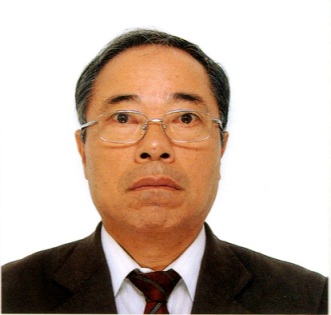Dr. Takaaki Uda
In recent years, beach erosion has been severe, and beaches with white sand and pine trees, characteristic of the natural coast of Japan, are rapidly disappearing. When visiting the coast, for which we have many fond memories, after a long interval, we find that much of the coast has been covered with concrete blocks, and the coast we remember is gone. The coast is the common property of the people, and therefore, everyone has a right to know why the coast has changed the way it has. The coastal areas suffering severe beach erosion are not limited only to some regions, and there are a number of eroding coasts in Japan. Taking this condition seriously into account, beach erosion is not a problem only for engineers, but is a problem to be tackled by all people. When we investigate the issue of beach erosion deeply, we soon arrive at a very important point of view. Apart from the superficial technological discussion, almost all beach erosion originates from the anthropogenic factors as a consequence that we Japanese have extensively altered our land during the last 20 to 30 years. Here, beach erosion due to the decrease in fluvial sediment supply from rivers caused by excess river bed mining and construction of dams, and beach erosion triggered by the extension of a fishing port breakwater are investigated, taking the Tenryu and Abe Rivers, and Shimohara fishing port as typical examples.
The author Dr. Uda served in Public Work Research Institute (National Institute for Land, Infrastructure and Management) of Ministry of Construction (Ministry of Land, Infrastructure, Transport and Tourism) for 30 years, and now is the Executive Director, Public Works Research Center and a visiting Professor, Department of Oceanic Architecture & Engineering, College of Science & Technology, Nihon University. He is a member of JSCE and the president of Japanese Geomorphological Union.
